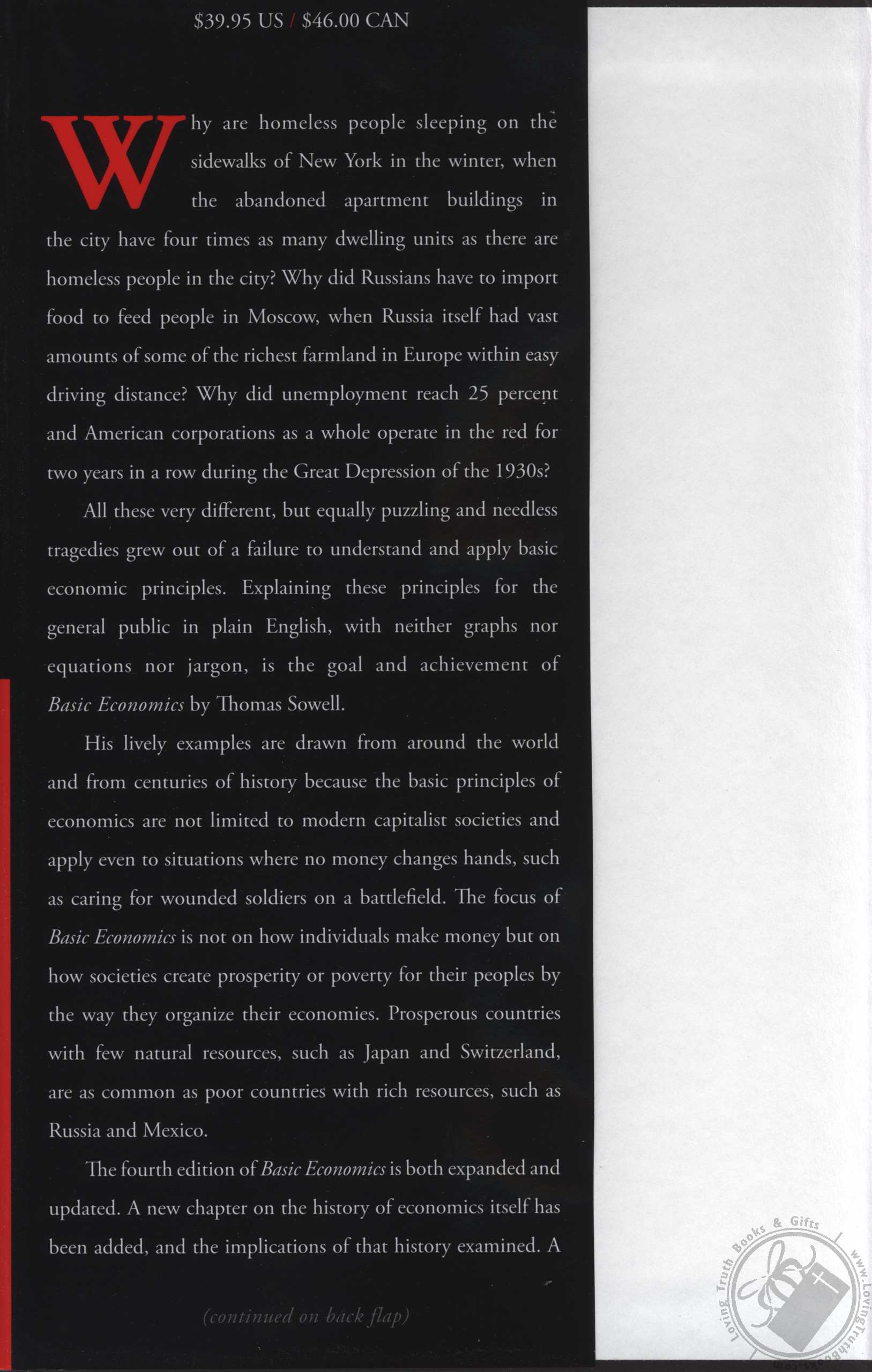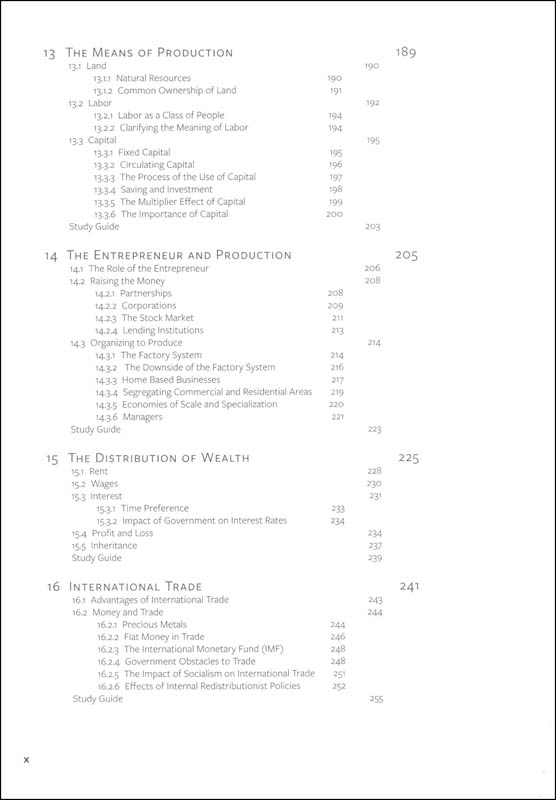


|y Contributor biographical information |u Myths about markets "Non-economic" values Parting thoughts. International trade International transfers of wealth An overview- pt. National output Money and the banking system Government functions Government finance An overview - pt. Investment and speculation Risks and insurance An overview - pt.

Productivity and pay Controlled labor markets An overview - pt. The rise and fall of businesses The role of profits-and losses Big business and government An overview - pt. The role of prices Price controls An overview -pt. |a Includes bibliographical references (pages 569-613) and index. |a Basic economics : |b a common sense guide to the economy / |c Thomas Sowell. |a DLC |b eng |c DLC |d BAKER |d BTCTA |d C#P |d YDXCP |d UKM |d NLGGC |d FCX A new section on the special role of corporations in the economy has been added to the chapter on government and big business.- From book jacket. The fourth edition of this book contains a new chapter on the history of economics, and the implications of that history examined. The focus of this book is not on how individuals make money but on how societies create prosperity or poverty for their peoples by the way they organize their economies.

Prosperous countries with few natural resources such as Japan and Switzerland are as common as poor countries with rich resources, such as Russia and Mexico. In order to explain these principles the author uses examples drawn from around the world and from centuries of history because the basic principles of economics are not limited to modern capitalist societies and apply even to situations where no money changes hands, such as caring for wounded soldiers on a battlefield. In this work the author explains the principles of economics in plain jargon, answering questions like: Why are homeless people sleeping on the sidewalks of New York in the winter, when the abandoned apartment buildings have four times as many dwelling units as there are homeless people in the city? Why did Russians have to import food to feed people in Moscow, when Russia itself had vast amounts of some of the richest farmland in Europe within easy driving distance? Why did unemployment reach 25 percent and American corporations as a whole operate in the red for two years in a row during the Great Depression of the 1930s? All these very different but equally puzzling and needless tragedies grew out of a failure to understand and apply basic economic principles.


 0 kommentar(er)
0 kommentar(er)
